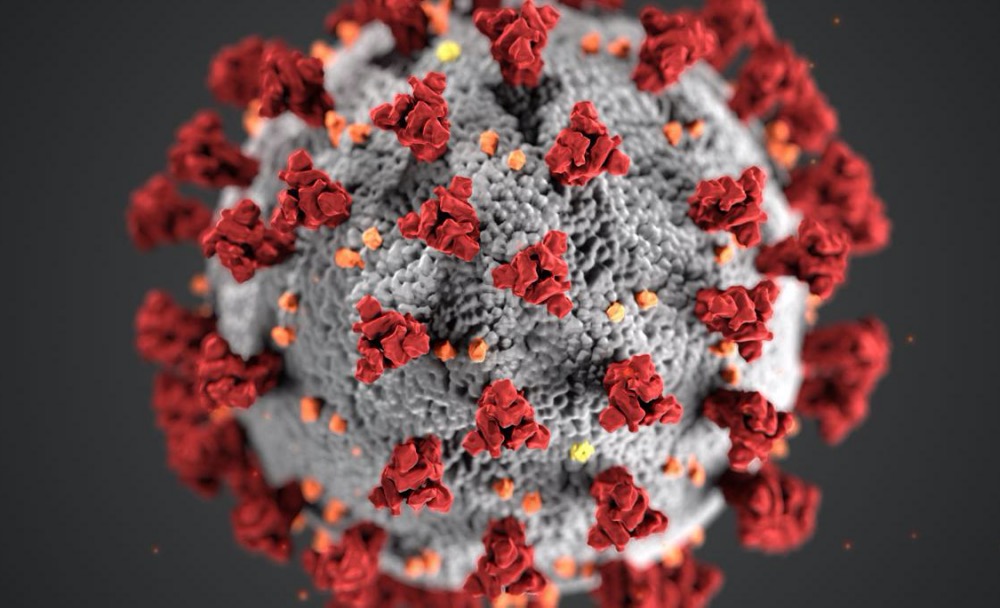Nov. 30 – News about the Omicron variant (B.1.1.529) is sending waves of anxiety and caution throughout the world. Before that, it was the Delta variant. Virologists and scientists are hard at work trying to understand how these biological viruses mutate and spread. In fact, the world is eager to know more about the dreaded Omicron. We know that it spreads much faster than previous variants. But is it more lethal? Are children and senior citizens at risk? And will our two vaccine doses save us from Omicron? Perhaps we can learn something by studying computer viruses as there is a parallelism here. It should be noted that ‘virus’ (for computers) was a common term used in the 1980s and is rarely used today. It is a generic term. Today, terms like malware, Trojans, and ransomware are commonly used.
Like biological viruses (BVs), computer viruses (CVs) need a host. With the former, it is host cells in the human body, and with the later, it is a program or a document. Each type of computer virus has a unique signature. BVs have genome sequences. Once a CV is detected, antivirus companies identify its signature, and add it to a database, which is then sent to the antivirus software on the user device. That’s how the AV software can detect a virus on an infected system and then quarantine the infected file. Then the updated antivirus software takes over and attempts to clean the infected file and remove the virus. That’s the equivalent of a vaccine in the biological world.
BVs can mutate and they alter their genomes as they replicate. That’s how new variants emerge. CVs can also mutate and worms (a type of virus) can self replicate. CVs (notably Polymorphic viruses) can also change their signatures as they mutate, and hence evade detection. Modern day viruses employ advanced obfuscation techniques to evade antivirus software. That’s why knowledge of virus signatures is no longer sufficient to detect today’s viruses. It’s the behavior of the virus that matters now — and what techniques it uses to spread and replicate. However, CVs require some human action to infect a system — like downloading an infected program, opening a malicious email attachment or clicking on a link.
Not much is known about Omicron at this time, and scientists are still studying it and waiting for the data. But we do know that it can spread much faster than previous variants; it spreads through the air, as tiny aerosol droplets emanating from an infected human’s cough or sneeze. So, it takes a human action to spread from host to host and from one human to another — just like a computer virus.
As with computer viruses or malware, we need to create awareness and best practices to prevent the spread of COVID variants. That means wearing masks, using hand sanitizers, spraying public areas, and social distancing. We do know that the COVID-19 virus can survive for only 14 days in a host cell. And that’s why the authorities initially insisted on 14 days quarantine or self isolation for infected persons. What if everyone in the world could self-isolate for 14 days? Well, we know that’s not possible and neither is it practical. How would we get our food and supplies if the world shuts down for 14 days?
But what if we could vaccinate every human on the planet within a certain period? Or vaccinate groups of people, area-wise? That would create herd immunity. For instance, many people were vaccinated in Dharavi, Asia’s largest slum (in Mumbai). And after that very few cases were reported in that area. In fact, it was zero new cases on many days.
There are 7.9 billion people in the world. And we know that it would take a long time to produce vaccines for everyone. In fact, many have still to receive their first doses. This is due to two reasons: either vaccine production cannot keep up with demand or people refuse to take the vaccine.
India has a huge population of nearly 1.4 billion people, so administering the vaccines to every citizen is a logistical challenge. But the Indian government has taken active steps to vaccinate the country’s population — even taking vaccines to the doorstep of the house bound. Drones are used to deliver vaccines to remote Indian villages. Testing has been increased at airports, ports, railway stations and other entry points to the country.
It will be a long time before we see the end of the pandemic. By the time we have vaccinated the entire population, more variants will emerge, and we will need additional booster shots. So we are going to be thrown into a vicious cycle.
But what can we learn from the modern computer virus? We need to study the behavior of COVID variants within the human body. And how the immunity system (T-cells) are fighting back. The human body does have self-healing abilities. Wounds heal. Is there a way to train the immunity system to defeat the virus?
Artificial intelligence and machine learning is now being applied to study and contain malware. Can we have the equivalent of this in the human body to fight against Delta, Omicron and future variants?
If we are successful, we could put an end to the spread of the virus.









